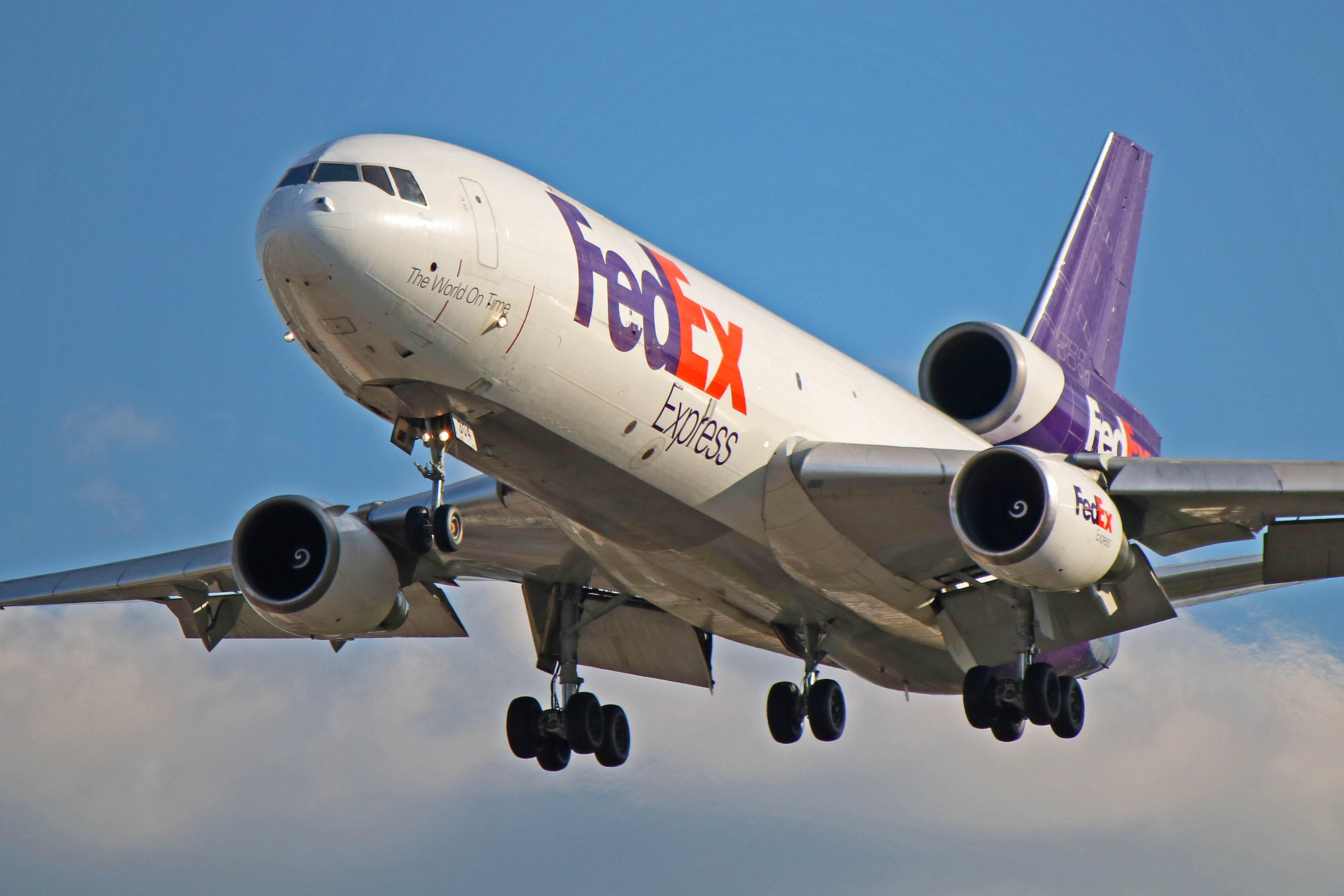
FedEx Corporation, formerly Federal Express Corporation and later FDX Corporation, is an American multinational conglomerate holding company focused on transportation, e-commerce and business services based in Memphis, Tennessee.[3][4] The name "FedEx" is a syllabic abbreviation of the name of the company's original air division, Federal Express, which was used from 1973 until 2000. FedEx today is best known for its air delivery service, FedEx Express, which was one of the first major shipping companies to offer overnight delivery as a flagship service. Since then, FedEx also started FedEx Ground, FedEx Office (originally known as Kinko's), FedEx Supply Chain, FedEx Freight, and various other services across multiple subsidiaries, often meant to respond to its main competitor, UPS. The company is the fifth largest American-headquartered employer globally with 547,000 employees, and FedEx is also one of the top contractors of the US government and assists in the transport of some United States Postal Service packages through their Air Cargo Network contract.[5]
FedEx's prominence in both the United States and the world has made it a common topic in popular culture, with examples including the film Cast Away as well as some of its marketing slogans (most famously "when it absolutely positively has to be there overnight"). In addition, FedEx has purchased the naming rights to FedExField of the NFL's Washington Commanders and FedExForum of the NBA's Memphis Grizzlies. FedEx's air shipping services have made its "Superhub" at Memphis International Airport the busiest cargo airport in the world by 2020.
The McDonnell Douglas DC-10 is an American trijet wide-body aircraft manufactured by McDonnell Douglas. The DC-10 was intended to succeed the DC-8 for long-range flights. It first flew on August 29, 1970; it was introduced on August 5, 1971, by American Airlines.
The trijet has two turbofans on underwing pylons and a third one at the base of the vertical stabilizer. The twin-aisle layout has a typical seating for 270 in two classes. The initial DC-10-10 had a 3,500-nautical-mile [nmi] (6,500 km; 4,000 mi) range for transcontinental flights. The DC-10-15 had more powerful engines for hot and high airports. The DC-10-30 and –40 models (with a third main landing gear leg to support higher weights) each had intercontinental ranges of up to 5,200 nmi (9,600 km; 6,000 mi). The KC-10 Extender (based on the DC-10-30) is a tanker aircraft operated primarily by the United States Air Force.
Early operations of the DC-10 were afflicted by its poor safety record, which was partially attributable to a design flaw in the original cargo doors that caused multiple incidents, including fatalities. Following the American Airlines Flight 191 crash (the deadliest aviation accident in US history), the US Federal Aviation Administration (FAA) temporarily banned all DC-10s from U.S. airspace in June 1979. In August 1983, McDonnell Douglas announced that production would end due to a lack of orders, as it had widespread public apprehension after the 1979 crash and a poor fuel economy reputation.[2] As design flaws were rectified and fleet hours increased, the DC-10 achieved a long-term safety record comparable to those of similar-era passenger jets.
Specifications
General Characteristics
- Predecessor McDonnell Douglas DC-10-30F FedEx
- Created On Windows
- Wingspan 164.1ft (50.0m)
- Length 183.0ft (55.8m)
- Height 59.3ft (18.1m)
- Empty Weight 341,080lbs (154,711kg)
- Loaded Weight 386,981lbs (175,532kg)
Performance
- Power/Weight Ratio 0.274
- Wing Loading 45.3lbs/ft2 (221.2kg/m2)
- Wing Area 8,543.1ft2 (793.7m2)
- Drag Points 22973
Parts
- Number of Parts 719
- Control Surfaces 13
- Performance Cost 3,785

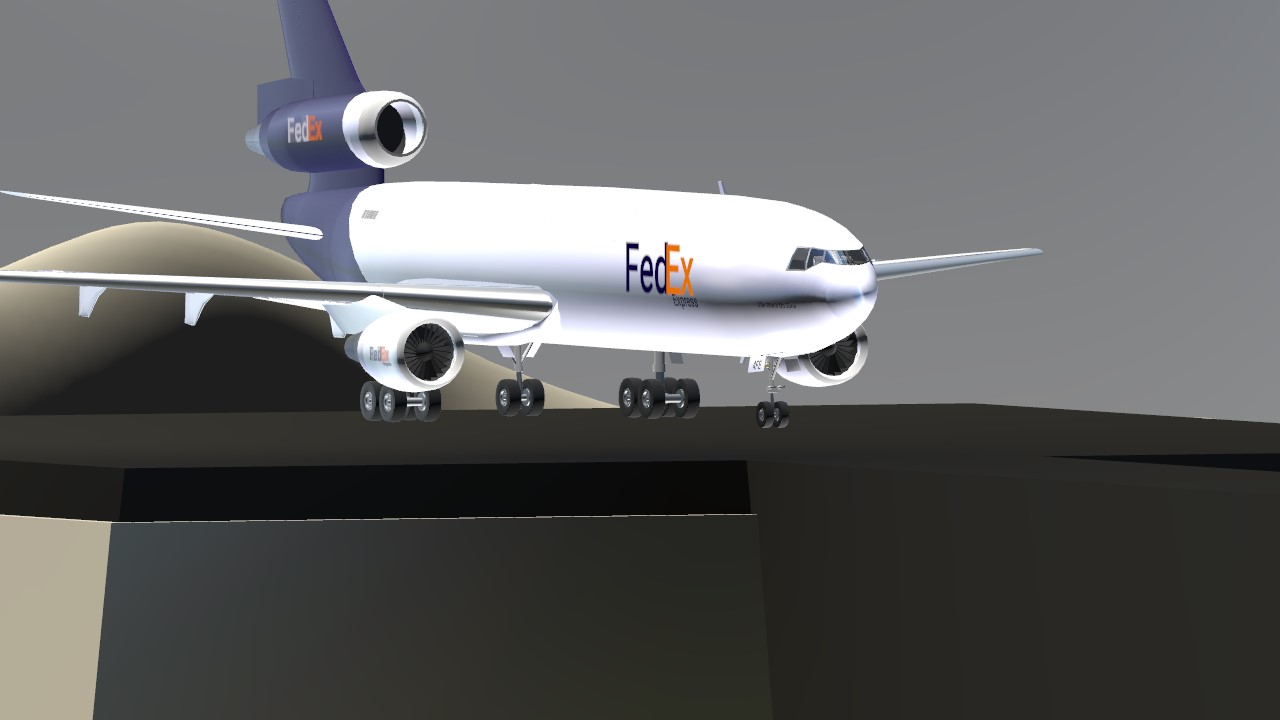
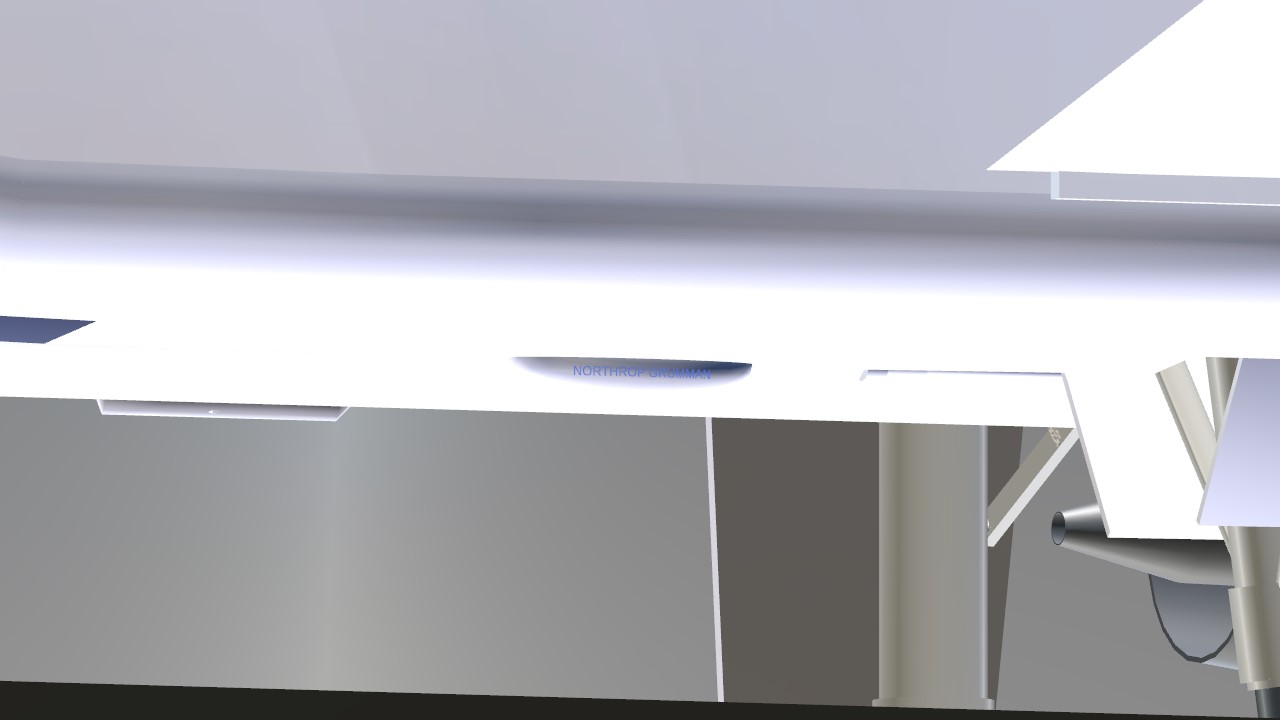
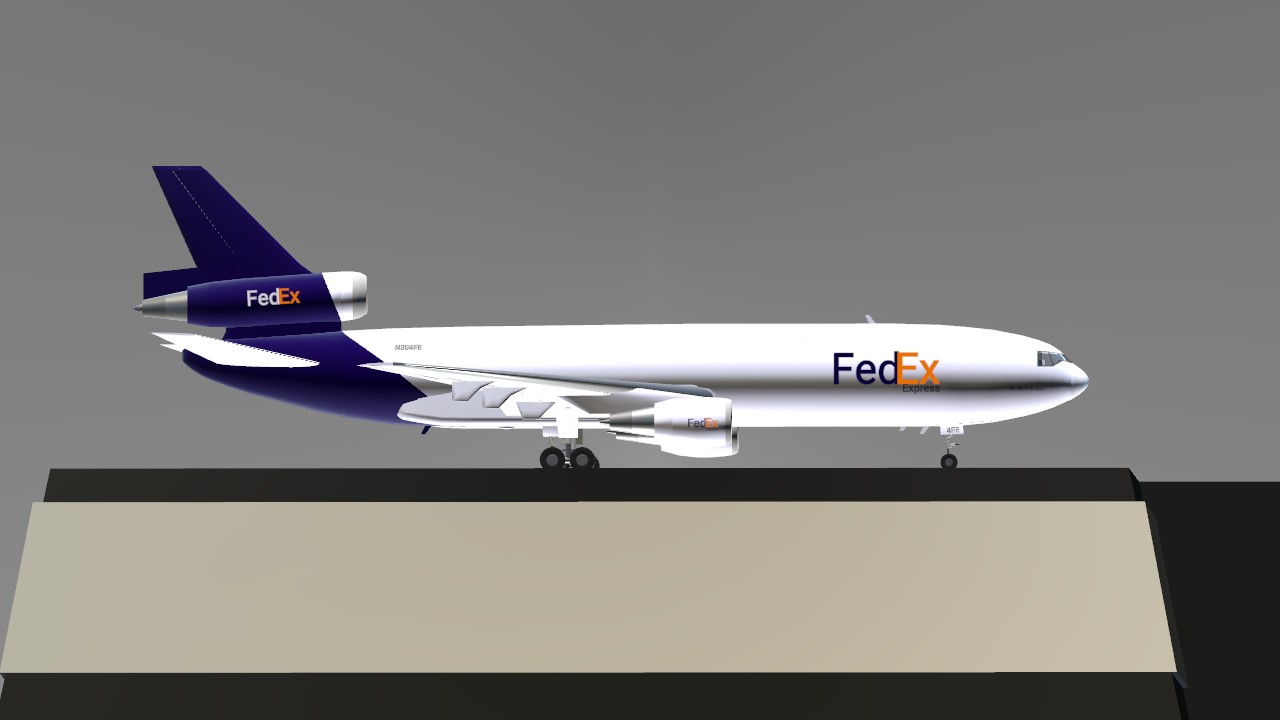
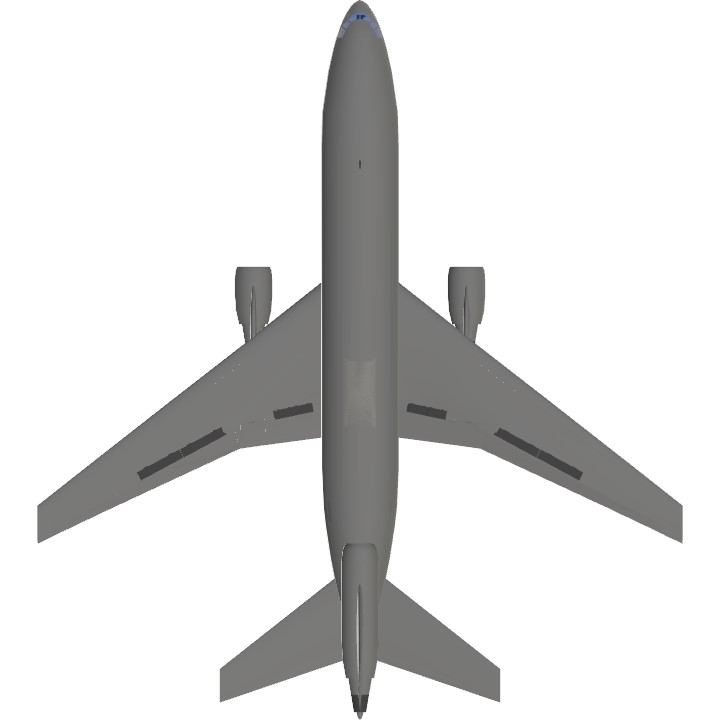
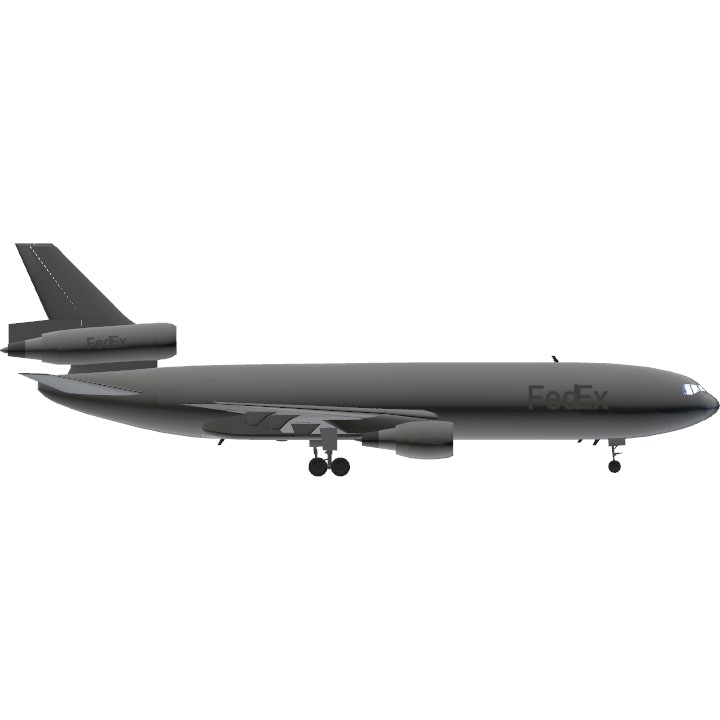
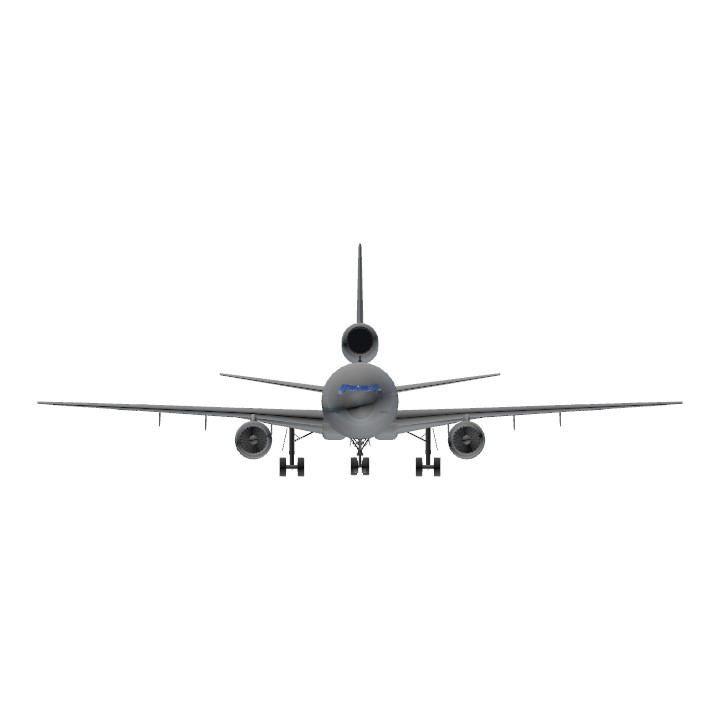
@titancameraman5377363 yeah sure